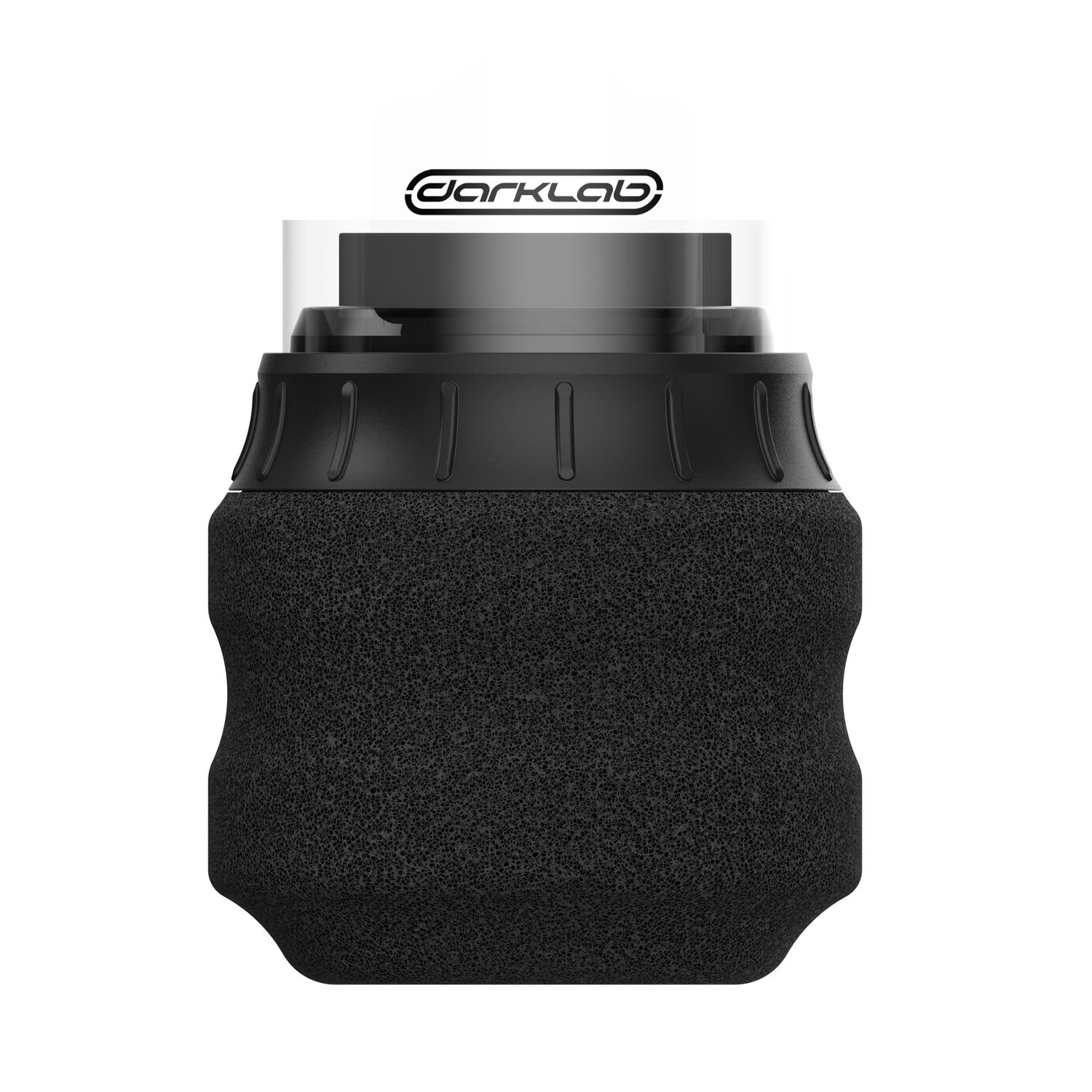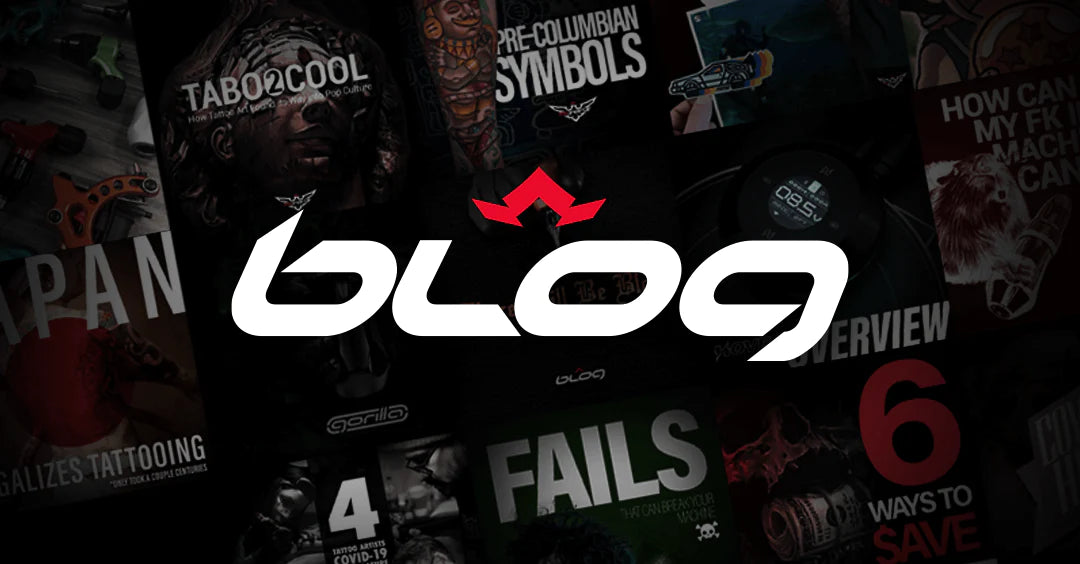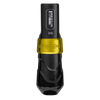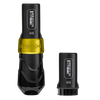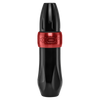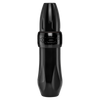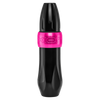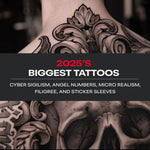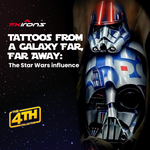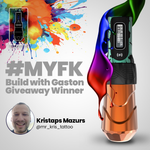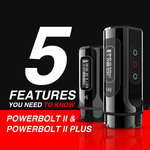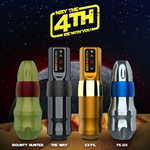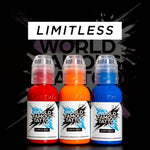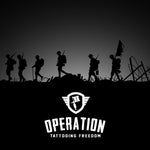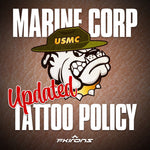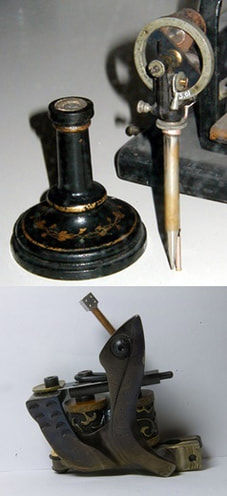
A modern tattoo machine for all its complexity, is a pretty simple tool. It only consists of a handheld needle gun, connected to a power supply that provides pressure to move the needles at high rate of speed.
The needles may be of different sizes and shapes and depending on the type of work being performed will be arranged in different ways. Much like a tiny sewing machine, when the on switch is flipped, the needles can penetrate the skin about 3,000 times per minute.
In Samoa, the tradition of getting tattooed, or a tatau, by hand has been around for over two thousand years. Their tools have changed little during that time. Tattooing is a skill that is often passed from father to son, each tattoo artist, or tufuga, learns the craft serving as his father's apprentice.
A young artist-in-training often spent hours, and sometimes days, tapping designs into sand or barkcloth using a special tattooing comb, or au. Honoring their tradition, Samoan tattoo artists made this tool from sharpened boar's teeth fastened together with a portion of the turtle shell and to a wooden handle.
Thai tattoo tools were often made from quill-like bamboo needles. Split in two and razor sharp, they range from six to twelve inches in length.
Thai monks typically perform a tattoo ritual known as a Sak Yant, which means “magic tattoo,” believing that the tattoo will bring protection, luck, strength or good fortune. Another implement used for tattooing a “magic tattoo” is a metal spike, like the size of the bamboo stick.
In Japan, Irezumi artists have been using a tattooing technique for centuries, Irezumi artists have been employing a technique called tebori — making tattoos by hand. This approach to traditional Japanese tattoos, which consists of using a wooden or metal stick (known as a Nomi) with a set of needles fastened to its tip to insert ink into the skin, is still practiced by tattooists today.
As with Thai tattoo artists, getting a tattoo done in the traditional Japanese style is painstakingly long and will challenge anyone’s pain threshold, so be sure to do some research before you decide to take this route.
Jumping to more current times, we can thank Thomas Edison for helping the tattoo industry get its first modern tattoo gun. However, Edison did not mean for his invention to be used by the tattoo industry, but rather to create a stencil that would make multiple copies by going over a stencil with an inked roller and transfer the text to a sheet of paper below.
It clocked in at 50 punctures per second. It wasn’t until 1891 that Samuel F. O’Reilly, a tattoo artist living in New York, produced an electric tattoo needle based on Edison’s pen. It brought speed to a process that for centuries had been done by hand. This advancement revolutionized tattooing and helped bring this art into the forefront of popular culture today.
